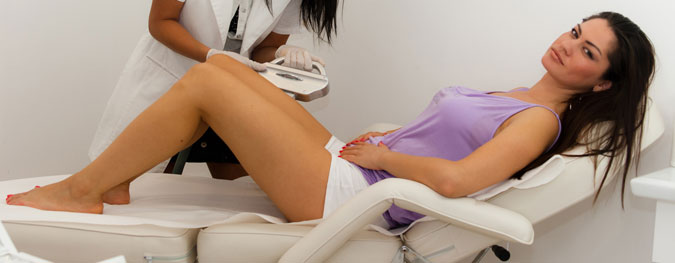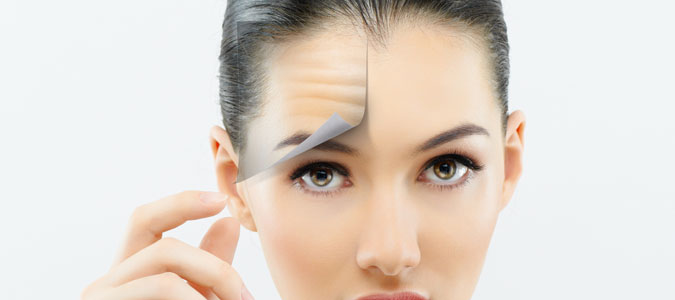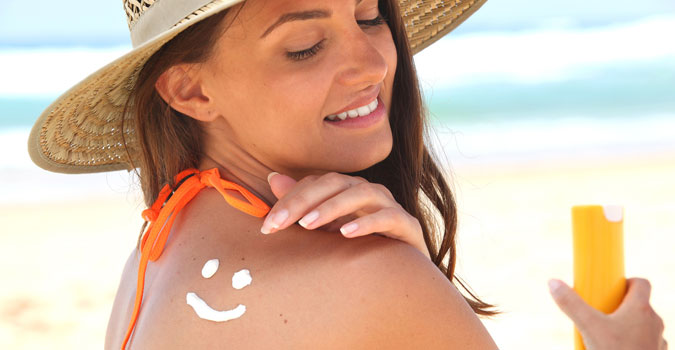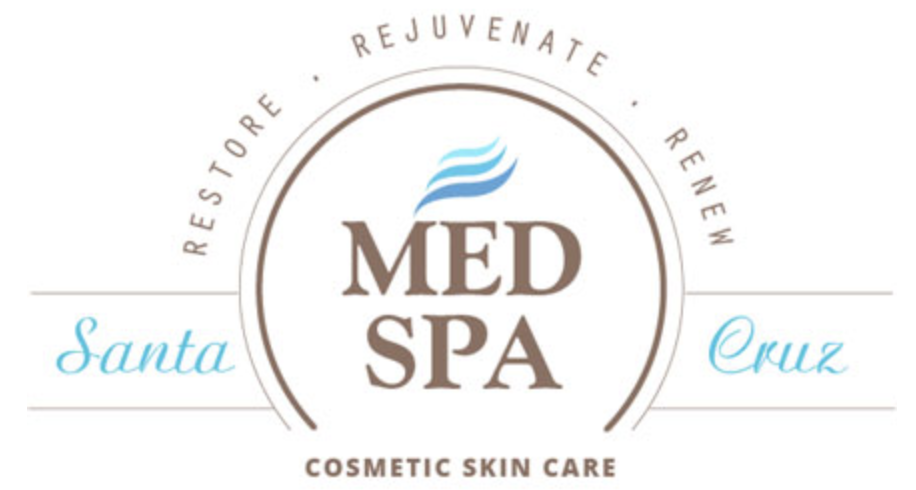Blog
What is IPL vs Laser?

IPL machines are very versatile, proven useful, and safest with lighter skin types (lighter Fitzpatrick skin types- 1,2,3). Darker skin types tend to burn with IPL, and some patients do not like the sensation of the warm crystal and gel on the skin… preferring a cleaner feel to treatment we get with laser. Furthermore, IPL penetrates 0.8 mm depth into skin, the ND-YAG penetrates 5-10mm — allowing us to treat much deeper lesions like tattoo.
Laser offers the benefit of targeting very specific light absorbing molecules called chromophores. Doctors utilize this principle to focus light on treatments areas, and avoid damaging the surrounding skin. For example, we treat dark skinned patients with the Nd-YAG laser; it emits 1064nm light that melanin (the natural pigment in skin), absorbs poorly. This is very useful when treating Pseudofolliculitis barbae, a painful and unsightly skin condition which many African-American or Arab men suffer from; short curly hair grows back into the skin, doubling up into the pore, ingrowing, swelling and abscessing. We can non-invasively treat the inflamed follicles with laser, and see beautiful cosmetic and clinical results without antibiotics or painful extraction procedures. IPL light treatments cannot help the dark skinned patient, as the risk of burning the skin, hypopigmentation, or unsightly ‘lego blocking’ appearance are too high.With 1064 nm light, laser largely bypasses the natural skin pigment, heating and treating infected hair follicles deep under the skin.
In tattoo removal, we use infrared light (1064nm) to remove black tattoo, green light 532nm to target red tattoo, yellow light 585nm for sky blue and yellow, and red light 650 nm for green ink. Our Naturalase Laser produces 500 mj of 650nm light, to remove the toughest green color tattoos.
What all these light based therapies have in common, is they employ Selective Thermolysis = heating,damaging and eliminating the target, while avoiding healthy surrounding skin.
1,064 nm infrared light is approximately 10 times more readily absorbed by oxyhemoglobin than by water, the primary chromophore in the dermis. Using selective photo-thermolysis, it is possible to treat spider veins, remove tattoo, and reduce hair growth my targeting hair follicles.
Static and Dynamic Wrinkle Reduction

Wrinkles develop as skin ages, dynamic wrinkles deepen with facial muscle contraction. Furrowed deeper over time, and often accelerated by sun damage, wrinkles become permanently visible even when facial muscles are relaxed — we term these static wrinkles.
BOTOX® is famous for wrinkle reduction, but most people are mistaken in thinking that the main benefit will be static wrinkle reduction. It helps some, in particular if BOTOX® is used repeatedly over time, some of the deeper wrinkles may not develop. Recently, Q-switched lasers are benefitting many people by tightening static wrinkles.
Combination therapy with BOTOX® and fillers like JUVÉDERM®, have long been known to ofter produce a superior result than either treatment alone. Q-switched laser makes an excellent complementary treatment to BOTOX® therapy, and can be administered in the same visit. Q-switched laser works particularly well on the fine lateral wrinkles around the eyes (i.e. crow’s feet).
With care, bags under the eyes can be pulled down under the orbital rim, and tightened with laser. Last week I treated a lady with horrible bags under her eyes. She was amazed how much better they looked before she left the office! I informed her maximum benefit was in the 2-6 month post treatment range.
While BOTOX® works by relaxing muscular contraction, the Q-switched ND-YAG works by stimulating collagen synthesis deep (up to 10 mm in skin!). This tightens skin from underneath, with the process showing benefit progressively months after treatments.
Treatments are most effective in a series, and laser can be repeated every 3 weeks in most patients. The benefit is long term, but does benefit from upping wrinkle reduction every 1-2 years. It seems to work on subsequent visits, and patients like the natural, youthful look laser treatment imparts. Over-reliance on BOTOX® alone for wrinkle reduction can give a frozen, or “plastic,” look.
Combination therapy is best, every patient unique. For nasolabial folds and marionettes lines (the sad grimace line under the mouth), I like to use JUVÉDERM® fillers to augment laser tightening benefit — again giving a fuller-more natural look, than just one modality.
Melasma and Sun Damaged Skin Benefit from Laser Photorejuvenation

All of us have sun-damaged skin. We see it, it worries us, it gets worse with our favored outdoor activities and work. Studies of identical twins with varying sun exposure levels, show vastly different degrees of skin wrinkle severity and laxity. UV light damages skin, and it all adds up over time: we know it is cumulative.
Photorejuvenation has become commonly accepted as safe, reliable, and has few complications. It offers realistic hope of helping treat a variety of benign pigmented lesions, and really tough problems refractory to treatments other than laser — like melasma and rosacea.
The new powerful, 2-Joule Q-switched ND-Yag laser recently showed improvement in melasma in series of 4 treatments. Melasma, “the mask of pregnancy,” can occur even with oral contraceptive use, seems to darken with sun exposure disproportionate to surrounding skin. It is resistant to chemical peels, IPL,and doesn’t seem to just fade away over time. Q-switched 1064 nm light treatments offer a nice option, with good chances of improvement.
Through the process of Selective Thermolysis, photoaged skin selectively absorbs laser light, heats, and target lesions damaged and can be eliminated by the body. Underlying skin can rejuvenate healthier than before. These are tough lesions to treat, with long treatment intervals of 1-2 months. Benefit is slow, and much patience and cooperation on the part of the patient required. Post-laser, patients must avoid sun contact for at least 3-4 days then, in general, avoid sun and stress for a month. Use zinc-oxide or titanium-dioxide containing sunblock, hats, and sunglasses.
Non-Ablative lasers for photorejuvenation, are preferible to fractional ablative lasers — they have less recovery time and pain, and less incidence of complications like hypopigmentation or hyperpigmentation.
